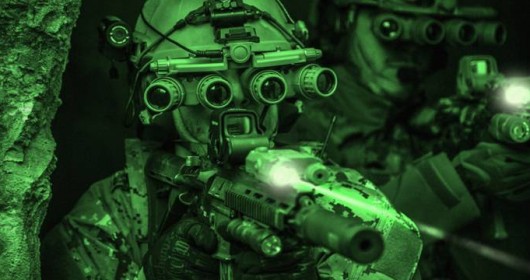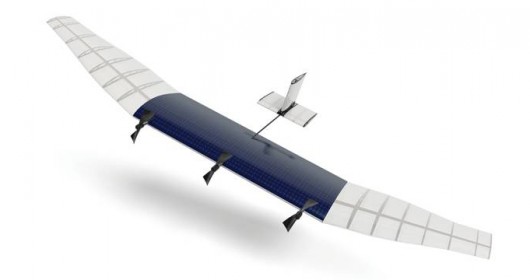
Skynet Researchers in Switzerland recently developed a concept to use a swarm of UAVs as a local communication network for emergency workers in disaster areas. (Source: http://goo.gl/KYrY9o)
Coordinated swarms of drones could pollinate crops, monitor traffic, and more.
Last year, researchers at the University of Pennsylvania Grasp (General Robotics, Automation, Sensing & Perception) Lab gathered a dozen or so quadrotor unmanned aerial vehicles (UAVs), programmed them to work in concert, and set them loose on a roomful of improvised instruments. The hovering swarm dutifully reproduced the James Bond theme song.
In biology, a swarm is a collection of individuals that manifest complex behavior without a leader calling the shots. Imagine birds spontaneously gathering on a single tree, only to lift off en masse moments later. Scientists have applied swarm intelligence to driving robots, but they now have the processing power and sensing capability to apply it to flying ones too.
To achieve a swarm, scientists program each unit with a set of simple rules. For example: Maintain constant separation, steer in the same direction, and always move toward the center of the swarm. The result is a mass of individuals that can move as a group. Scientists at Grasp recently used a UAV swarm to pick up and haul heavy objects.
There are many applications for UAV swarms, says Vijay Kumar, former director of Grasp. The most immediate could be search and rescue: A swarm could cover a lot of ground quickly and would require only one operator. Another could be exploration. Swarms could scan high-risk buildings and sites (think Fukushima post-tsunami) rapidly, whereas larger UAVs cannot.
Others see even greater possibility. At Harvard, scientists on the RoboBees project are developing swarms of robotic insects that could be used for crop pollination, surveillance, or monitoring traffic. A group of researchers in Switzerland recently developed a concept to use a UAV swarm as a distributed computing and communications network to assist emergency workers in disaster areas.
Swarming UAVs could also play a role in defense: An attack could overwhelm standard missile-defense systems, so Timothy Chung, an assistant professor at the Naval Postgraduate School, has developed his Swarm vs. Swarm Grand Challenge. Chung plans to pit two teams of 50 UAVs against one another to refine countermeasures. If he’s right, the only army big enough to stop a swarm . . . is another swarm.
Source: http://www.popsci.com/technology/article/2013-06/future-flight-swarms-will-dominate-sky







Comments are closed.